By Elof Axel Carlson

Wishful thinking is part of our lives. As a guide to our hopes, it often is realized and that might mean a happy marriage, a successful occupation and a healthy mind and body.
But reality often thwarts these ideals and desires. This may be through our faults as well as by bad luck. Scientists hope for success when exploring the unknown, but they are taught not to trust wishful thinking.
In my fields of genetics and biology I have witnessed wishful thinking when science is applied to practical ends. The tobacco industry used wishful thinking for over 50 years, denying that tobacco smoke caused cancers, emphysema and heart disease. They blamed instead an unhealthy lifestyle, an unhealthy work environment or stress itself.
Similarly, nuclear reactor companies used wishful thinking (and still do) to minimize or deny hazards of radiation except at very high doses of exposure. Most geneticists use a linear relation of dose received to gene mutations produced. They have based this on dozens of peer-reviewed publications. Wishful thinking by those who deny harm to a population from low doses of radiation include a belief that at worst small doses of radiation lead to resistance of radiation or that small doses of radiation are negated by strengthening the immune system to repair any damage done to the DNA.
In our generation wishful thinking has appeared in discussions of severe and more numerous instances of climate change. Here, opponents of ecological response by international treaty argue that such changes are just normal responses to Earth’s cycles of warming and cooling leading to ice ages or long arid climate or that unpredictable ocean currents might shift and bring about these changing weather patterns.
Critics of government regulations downplay the discharge of waste into rivers, lakes and oceans, and they use wishful thinking in their arguments, claiming “nature repairs itself” whether it is chopped down forests, over farmed land, open pit mining, fracking for natural gas or lands saturated with pesticides and herbicides. They call scientists raising alarm “tree huggers.”
It would be a wonderful world if everything we did had no harmful long-lasting unintended consequences of what we do. Wishful thinking saves money and effort to prevent toxic products from entering the environment. It allows abusers to create erosion from bad practices clearing land for agriculture. It allows the discharging of massive quantities of carbon dioxide, believing a dwindling ecosystem will sop up the atmospheric carbon dioxide, producing luxuriant plant growth with massive emissions of oxygen.
What scientists know is that environments are more complex, and we can disturb it with bad consequences for both local and global environments. The needs of 7 billion people can create substantial changes to Earth and we (thanks to wishful thinking) tend to be unaware or choose to deny such bad outcomes.
Elof Axel Carlson is a distinguished teaching professor emeritus in the Department of Biochemistry and Cell Biology at Stony Brook University.

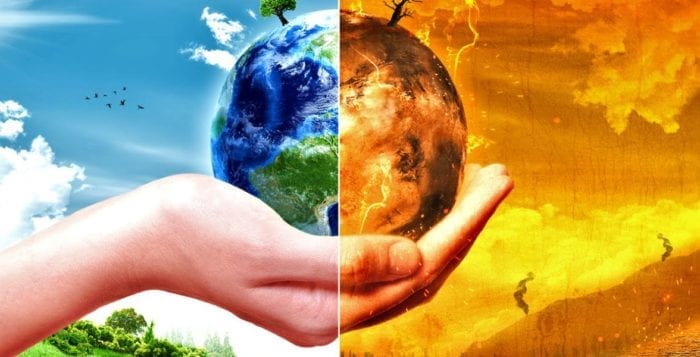
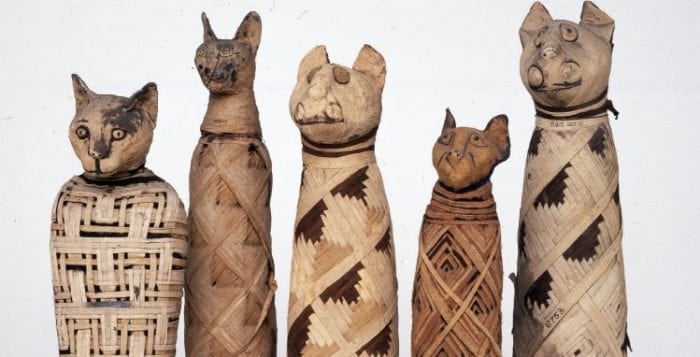
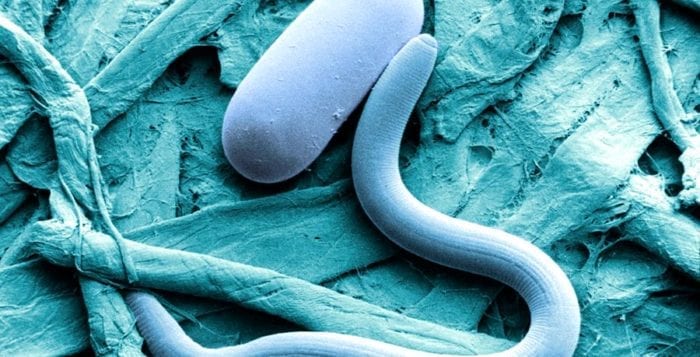
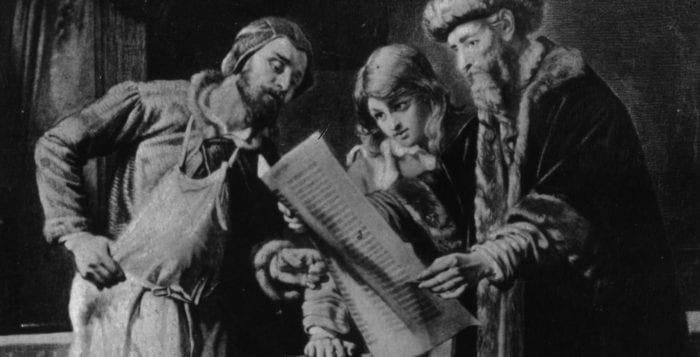
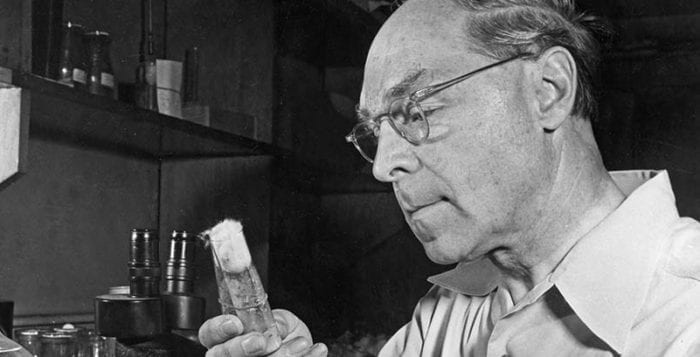
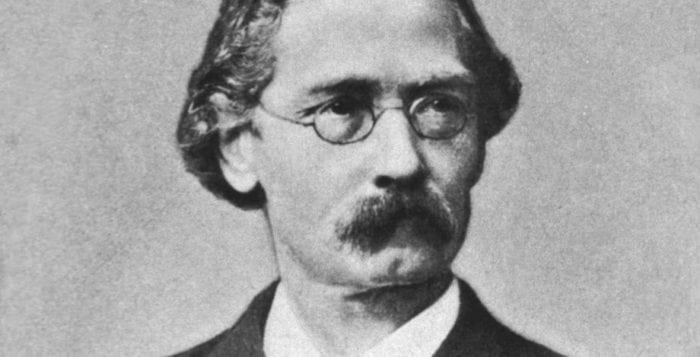
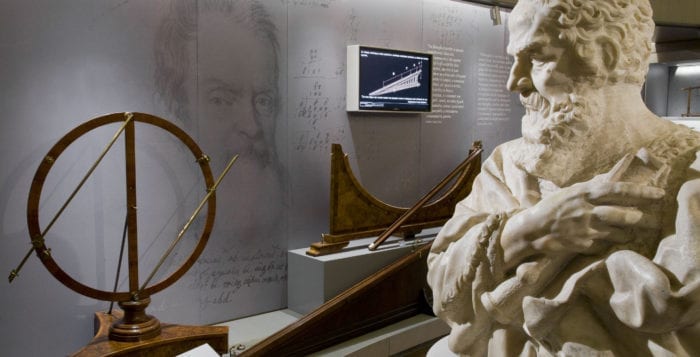
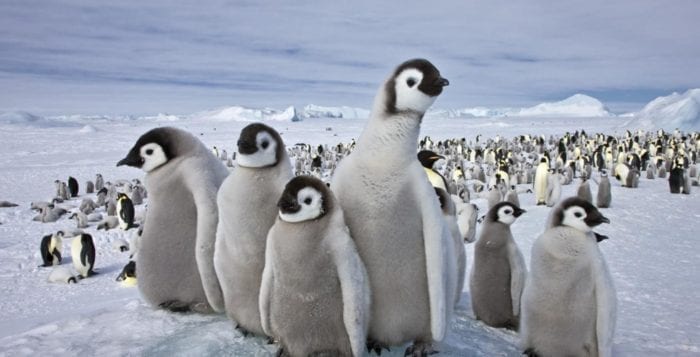
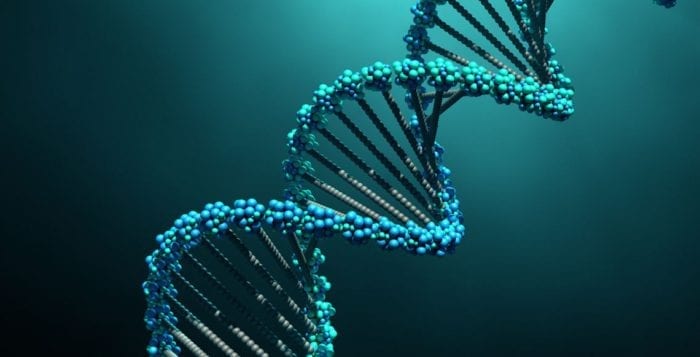
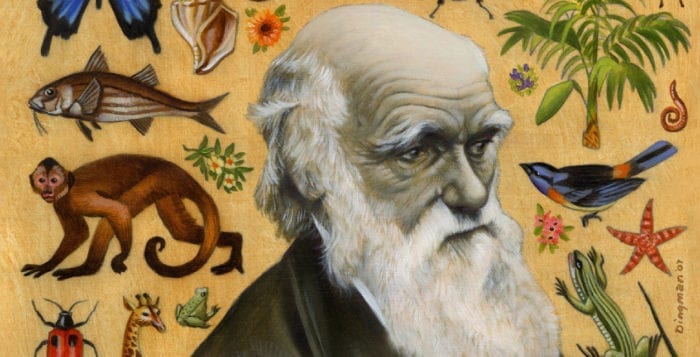
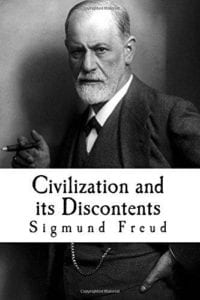 Freud introduces the source of the tensions between creativity and destructiveness. He assigns it to the id/superego conflict. I would use instead our capacity for love, empathy and sympathy versus our capacity for hate, bigotry and violence. Freud calls the process sublimation. He began writing this book in 1929 and published it two years later. He predicted that the rise of Nazism was imminent and would lead to massive death because humanity does not know how to sublimate its discontents into the path of the joys of civilization — its arts, humanity, play and immense scholarship.
Freud introduces the source of the tensions between creativity and destructiveness. He assigns it to the id/superego conflict. I would use instead our capacity for love, empathy and sympathy versus our capacity for hate, bigotry and violence. Freud calls the process sublimation. He began writing this book in 1929 and published it two years later. He predicted that the rise of Nazism was imminent and would lead to massive death because humanity does not know how to sublimate its discontents into the path of the joys of civilization — its arts, humanity, play and immense scholarship.  This is my favorite novel. It is the story of a young French boy raised by a devout Catholic family who thinks he will become a priest. He discovers instead that the more he learns the more doubts arise not only about his calling but his faith. He teaches biology and is fired for teaching evolution. His wife and daughter separate from him. He throws himself into the Freethinkers movement in France and gets involved in the Dreyfus case. He discovers that reason alone cannot sustain his life but returning to his faith is equally inadequate.
This is my favorite novel. It is the story of a young French boy raised by a devout Catholic family who thinks he will become a priest. He discovers instead that the more he learns the more doubts arise not only about his calling but his faith. He teaches biology and is fired for teaching evolution. His wife and daughter separate from him. He throws himself into the Freethinkers movement in France and gets involved in the Dreyfus case. He discovers that reason alone cannot sustain his life but returning to his faith is equally inadequate. 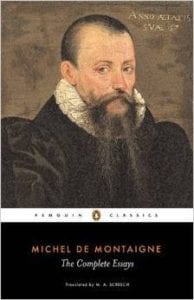 Montaigne’s essays describe his life and the times in which he lived in the context of a rich appreciation of classical literature. He tries to make sense of a world that is pretentious, at war with itself and filled with irony, contradictions and lessons we can extract from the past. Read a 20th-century translation of these essays rather than the 16th-century English translation. Start with his essay on friendship and his essay: “How by various means we all end at the same place.”
Montaigne’s essays describe his life and the times in which he lived in the context of a rich appreciation of classical literature. He tries to make sense of a world that is pretentious, at war with itself and filled with irony, contradictions and lessons we can extract from the past. Read a 20th-century translation of these essays rather than the 16th-century English translation. Start with his essay on friendship and his essay: “How by various means we all end at the same place.”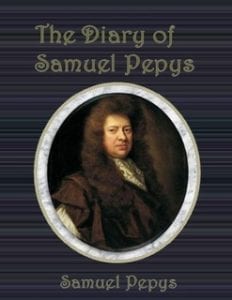 I loved reading Pepys’s diaries and was thrilled that he was an eyewitness to the bubonic plague that swept through England in 1665 and the London fire that destroyed most of the city in 1666. Pepys is an imperfect person — not immune to accepting sacks of gold for awarding contracts for the British Navy, flirting with other women but loving his wife and learning to avoid threats to his career from others drawn to the politics of the time.
I loved reading Pepys’s diaries and was thrilled that he was an eyewitness to the bubonic plague that swept through England in 1665 and the London fire that destroyed most of the city in 1666. Pepys is an imperfect person — not immune to accepting sacks of gold for awarding contracts for the British Navy, flirting with other women but loving his wife and learning to avoid threats to his career from others drawn to the politics of the time.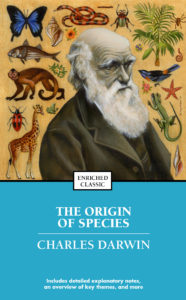 Darwin is an excellent observer and narrator. He wrote this book as an abstract of a huge multivolume plan for presenting his theory of evolution of species by natural selection. He is careful to distinguish evidence from theory and uses the facts to derive his interpretations of how evolution works. Darwin did not start with a theory and then seek facts to support it. He went with no idea about evolution and instead allowed the hundreds of observations and findings guide him to the only interpretation that made sense of the relations he found whether it was the work of hobbyists and breeders creating new varieties of plants and animals, the geographic distribution of plants and animals he encountered in his trip around the world, or the fossils he encountered.
Darwin is an excellent observer and narrator. He wrote this book as an abstract of a huge multivolume plan for presenting his theory of evolution of species by natural selection. He is careful to distinguish evidence from theory and uses the facts to derive his interpretations of how evolution works. Darwin did not start with a theory and then seek facts to support it. He went with no idea about evolution and instead allowed the hundreds of observations and findings guide him to the only interpretation that made sense of the relations he found whether it was the work of hobbyists and breeders creating new varieties of plants and animals, the geographic distribution of plants and animals he encountered in his trip around the world, or the fossils he encountered. 


